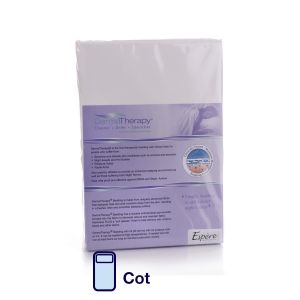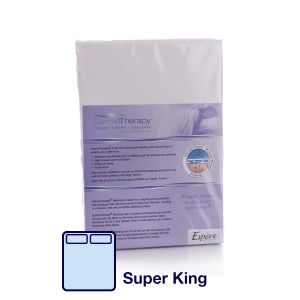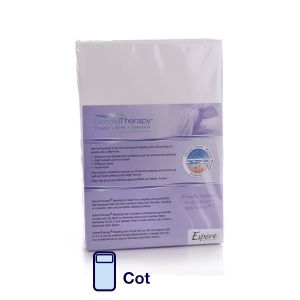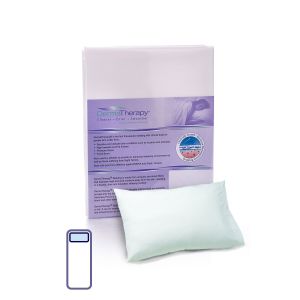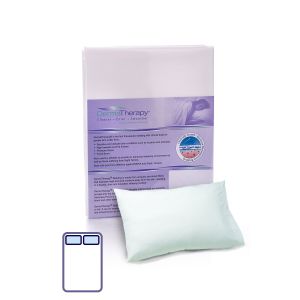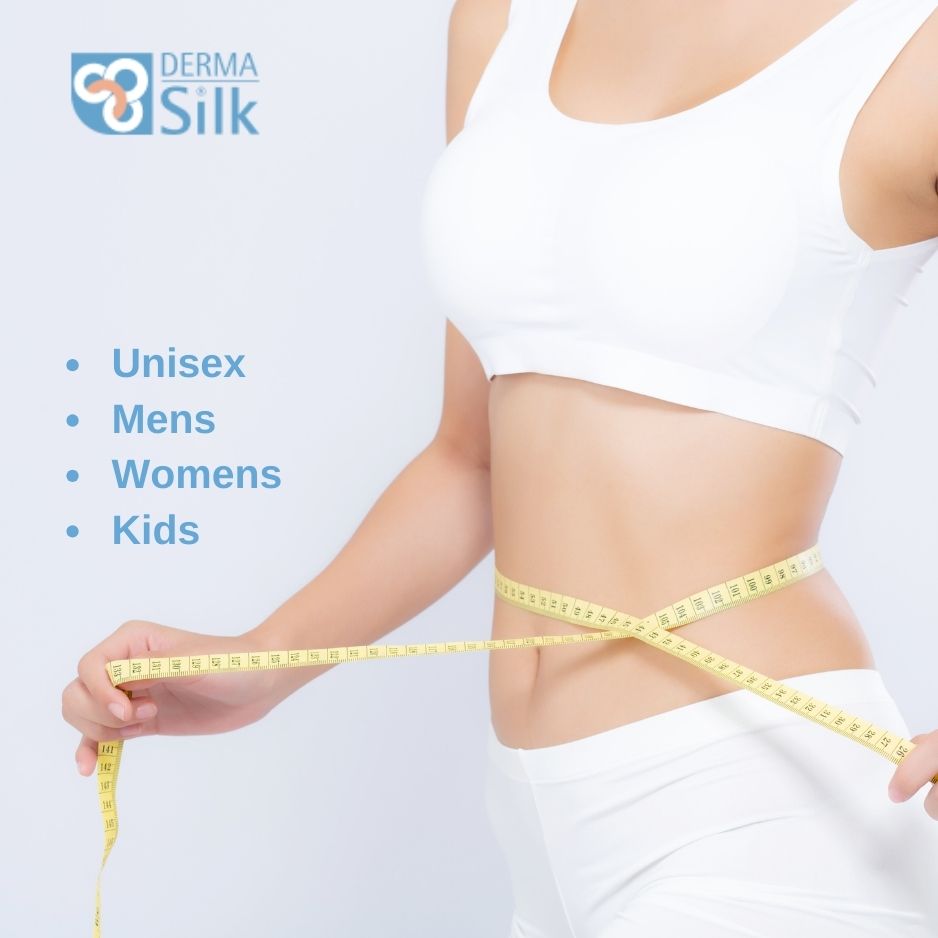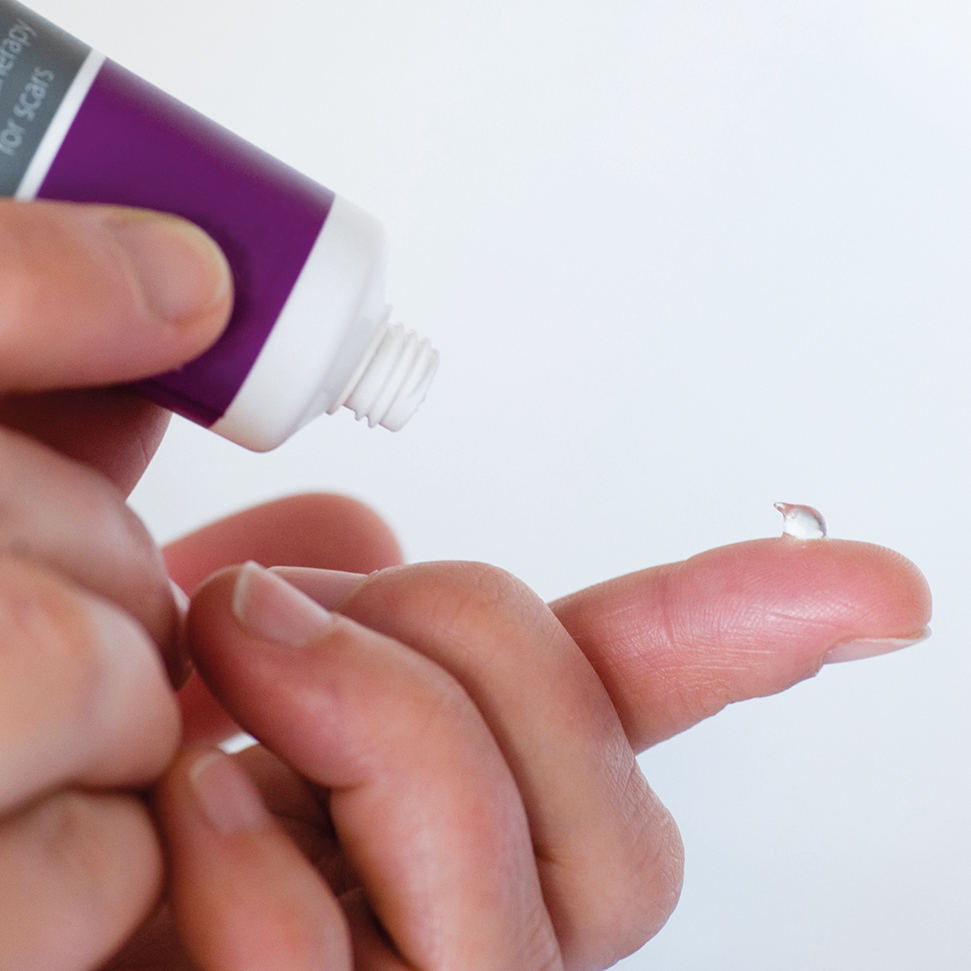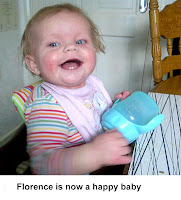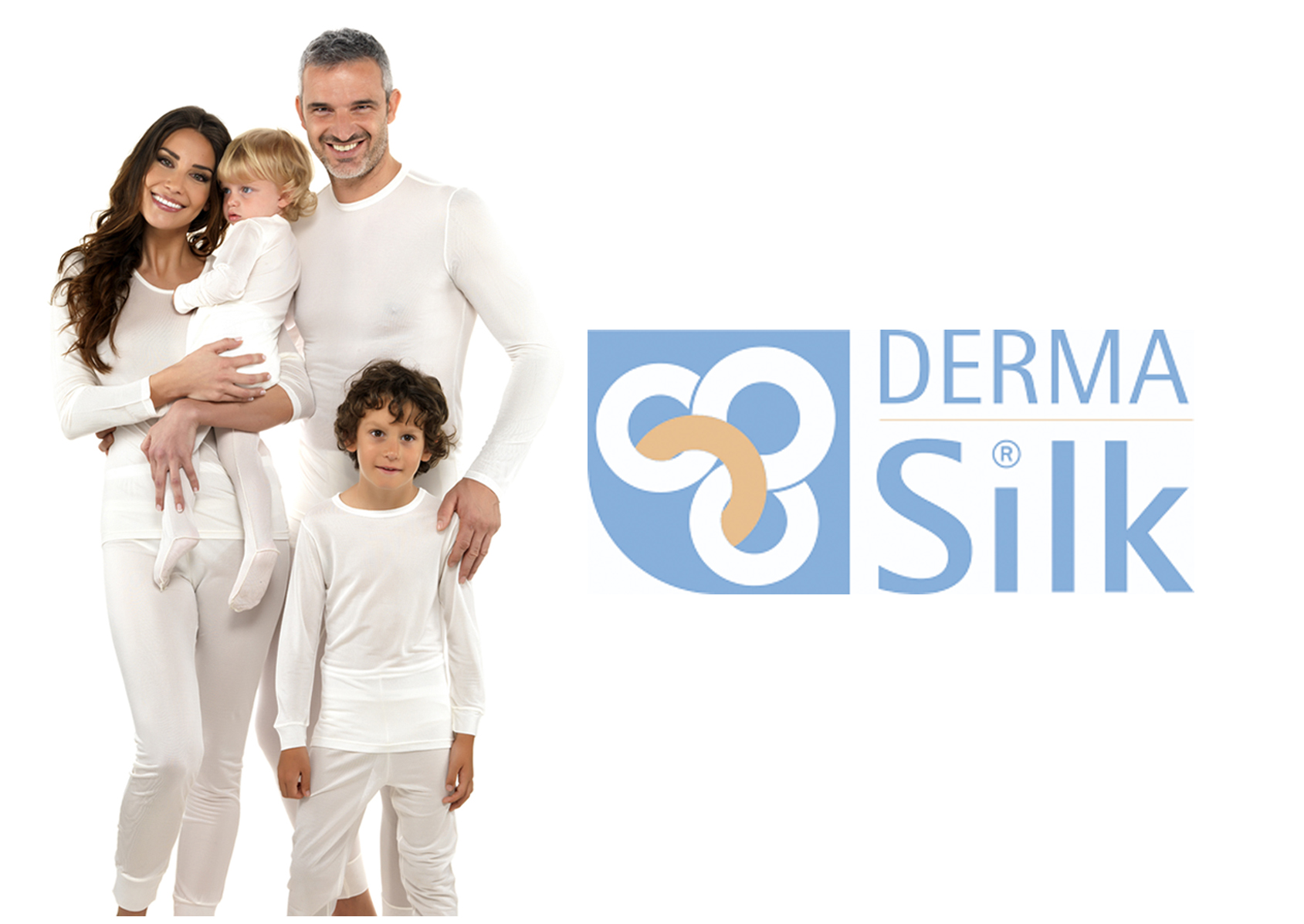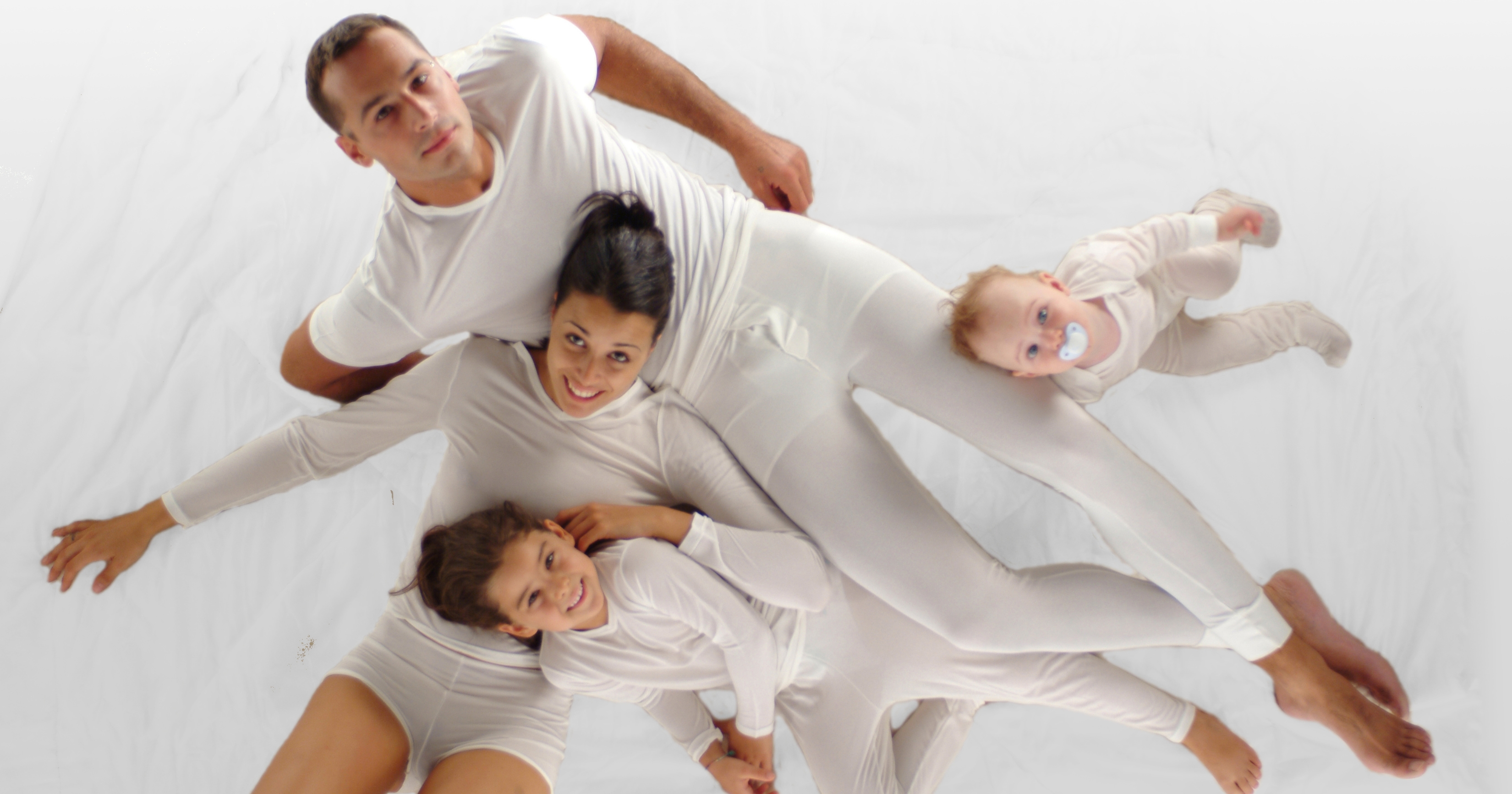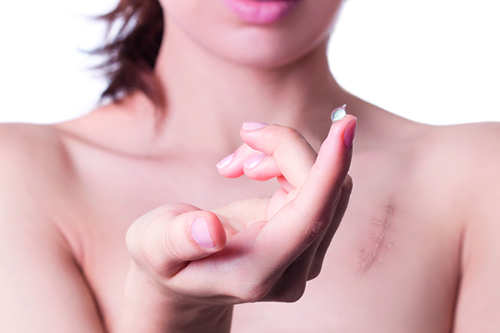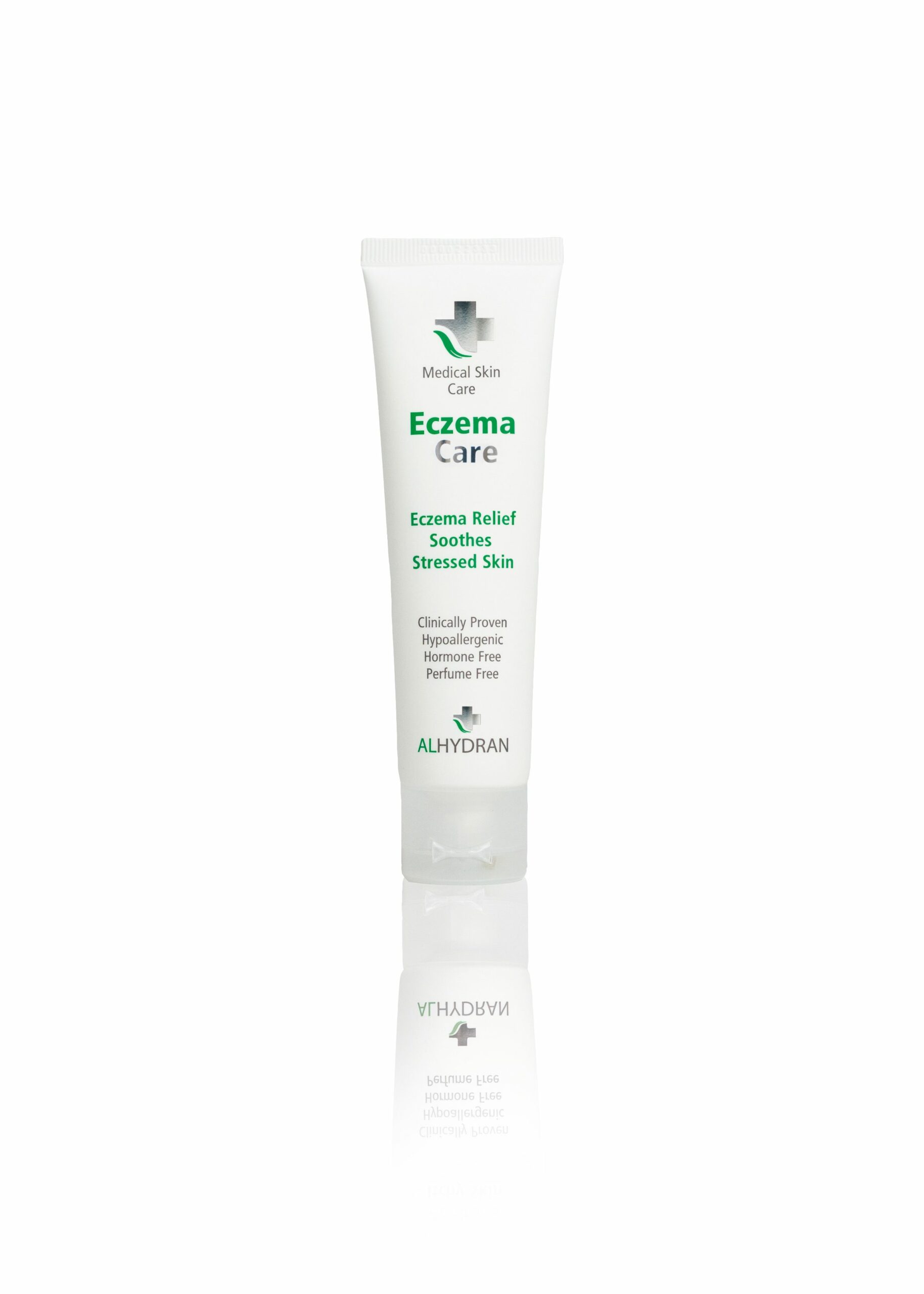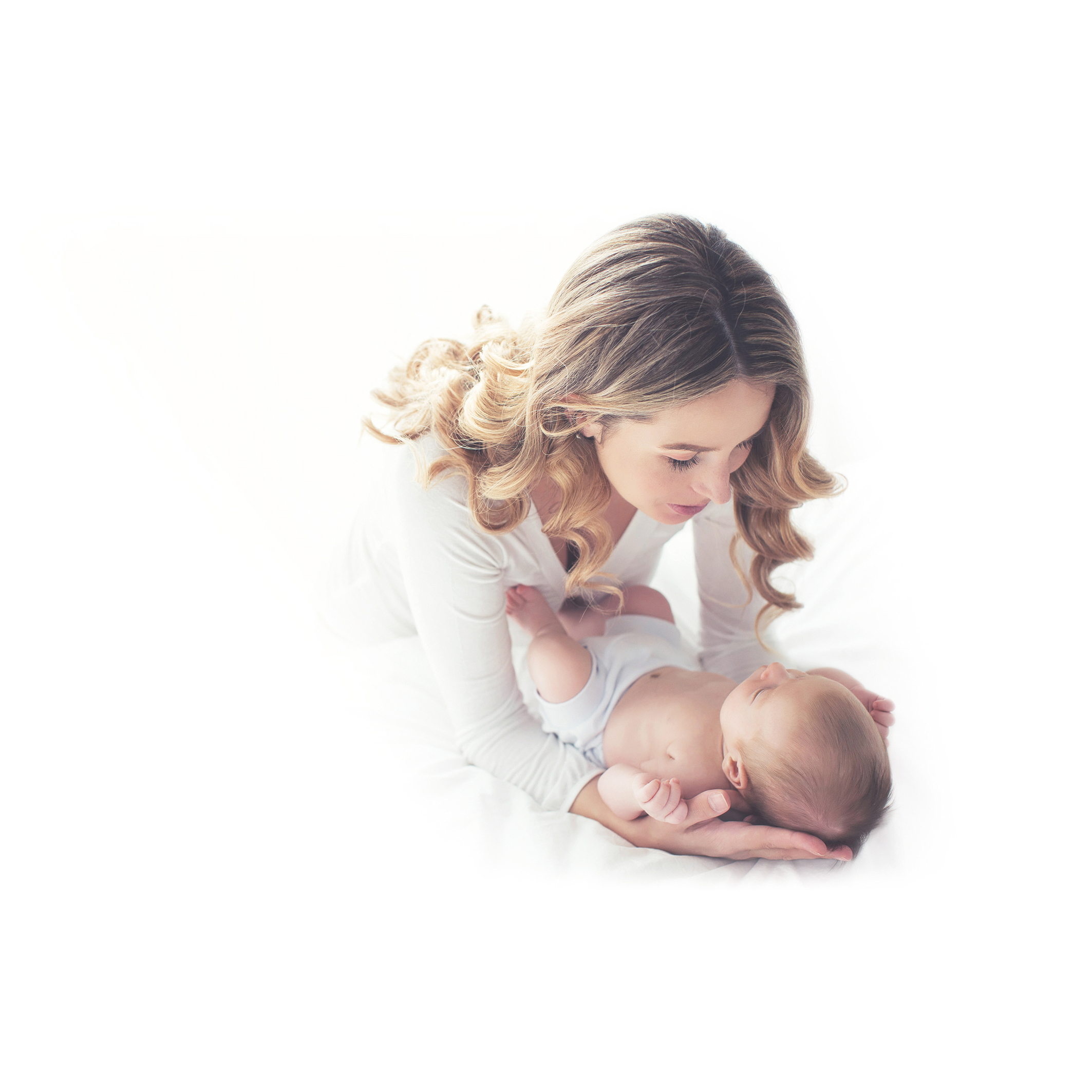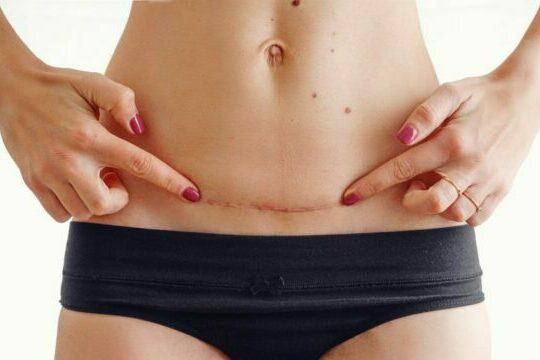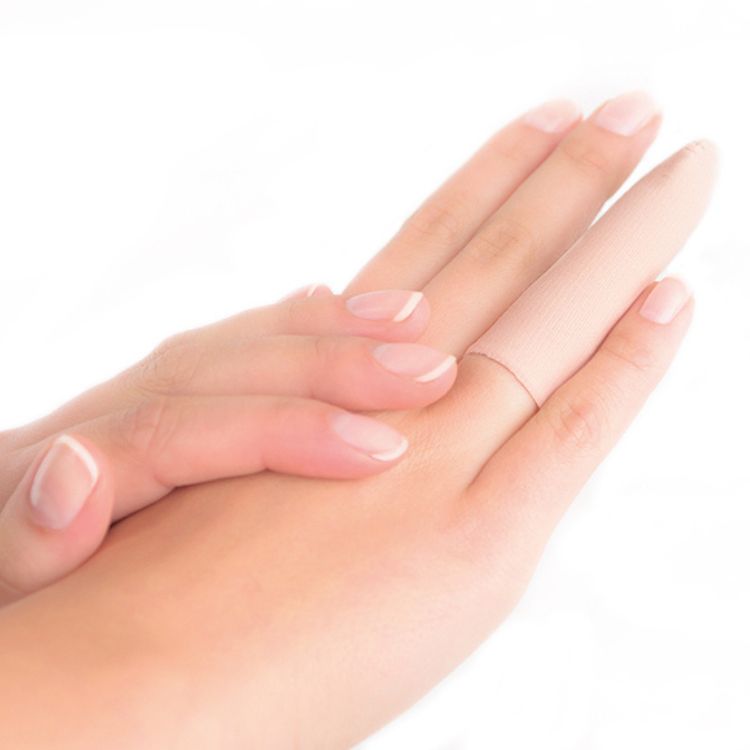DermaTherapy : Frequently Asked Questions
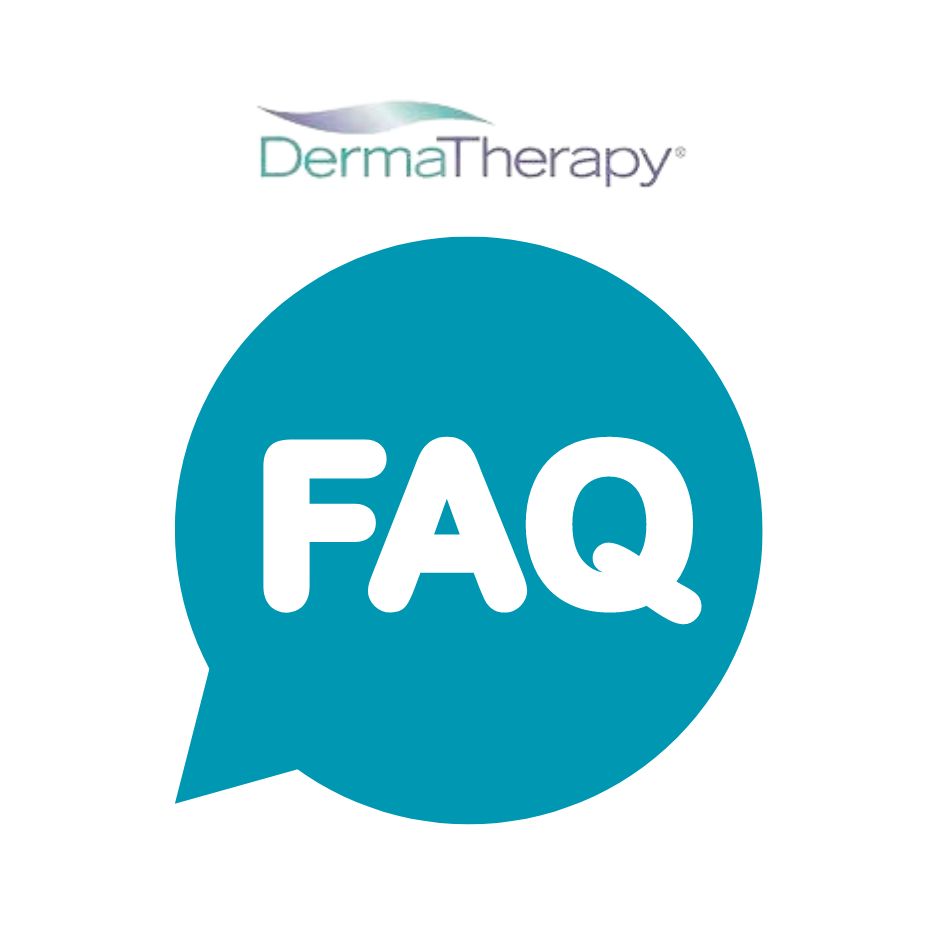
1. What is the fabric made from?
DermaTherapy fabrics are woven from a blend of polyester and nylon yarns. For more information on DermaTherapy Bedding please read our latest blog by clicking here.
2. Are DermaTherapy sheets hypoallergenic?
Yes, the fabric’s continuous-filament threads are naturally hypoallergenic.
3. Are DermaTherapy sheets antimicrobial?
Yes, all DermaTherapy fabrics have an antimicrobial treatment to maintain freshness, dramatically reducing the opportunity for bacteria to grow and spread.
4. What does “moisture-wicking” mean?
DermaTherapy fabrics are woven of fibres with unique cross sections that create micro-channels. These micro-channels carry--or “wick” --moisture away from skin.
5. How does DermaTherapy control the temperature and climate of the bed?
DermaTherapy fabrics are cool to the touch and, through the use of unique micro-fibres, keep you from getting too cold or too hot throughout the night. In addition, DermaTherapy fabrics wick away moisture and, because the fabric dries faster than cotton bedding it keeps the bedding climate consistent.
6. What makes DermaTherapy sheets easier to clean?
DermaTherapy fabrics have a special soil-release treatment that leaves the linens clean and fresh, wash after wash. The continuous filament thread used in the fabric makes it stain-resistant. DermaTherapy sheets should be washed separately to avoid lint contamination.
7. What sort of testing has been done for skin sensitivity?
The fabric and bedding have been tested numerous times against skin sensitivity. These tests included analysts of skin irritation, skin sensitisation, and cytotoxicity. In all such testing, DermaTherapy showed passing results, with no cytotoxicity or sensitivity for at-risk skin. The FDA reviewed the test results and found them to pass standards for medical devices used in contact with the skin. In fact, the FDA cleared DermaTherapy as a Class I Medical Device for use by people suffering from psoriasis, eczema, and atopic dermatitis. Results are available upon request.
- Standard No. ISO 10993-5, “Biological Assessment of Medical Products, Part 5: Tests for Cytotoxicity – MEM Elution; Version 10993-5”, Standard Date 01/01/1999
- Standard No. ISO 10993-10, “Biological Evaluation of Medical Devices – Part 10: Irritation: Intracutaneous Reactivity; Version 10993-10:2002(E)”, Standard Date 01/01/2002
- Standard No. ISO 10993-10, “Biological Evaluation of Medical Devices – Part 10: Tests for Irritation and Sensitization – Maximum Sensitization Test; Version10993-10:2002(E)”, Standard Date 01/01/2002
8. Does DermaTherapy Bedding produce lint?
DermaTherapy fabrics are woven from a strong, continuous-filament yarn that creates a consistently smooth, silk-like surface. The fabric is lint free, and release almost no lint or contaminating particles that can irritate the skin and infiltrate pores. Friction and skin abrasiveness are virtually eliminated.
9. Have DermaTherapy sheets been tested in hospitals and long-term care facilities?
DermaTherapy linens have been used in 14 trials in both hospital units and long-term care facilities. These trials have shown the effectiveness of DermaTherapy as both a preventative and remedial treatment for pressure ulcers. All trials saw a reduction in the number of patients with facility- and hospital-acquired pressure ulcers. For further reading, please refer to clinical references involving DermaTherapy.
- Prospective, Nonrandomized Controlled Trials to Compare the Effect of a Silk-Like Fabric to Standard Hospital Linens on the Rate of Hospital-acquired Pressure Ulcers. Coladonato J, Smith A, Watson N, Brown AT, McNichol LL, Clegg A, McPhail L, Griffin T, Montgomery TG. J Ostomy Wound Management 2012; 58(10):14-31.
- A Retrospective, Nonrandomized, Before-and-After Study of the Effect of Linens Constructed of Synthetic Silk-like Fabric on Pressure Ulcer Incidence. Smith A, McNichol LL, Amos MA, Mueller G, Griffin T, Davis J; McPhail L, Montgomery TG. J Ostomy Wound Management 2013;59(4):28-33.
- A Randomized, Controlled Study to Assess the Effect of Silk-like Textiles and High-absorbency Adult Incontinence Briefs on Pressure Ulcer Prevention. Twersky J, Montgomery T, Sloane R, Weiner M, Doyle S, Mathur K, Francis M, Schmader K. J Ostomy Wound Management 2012;58(12):18–24. Use of a Silk-like Bedding Fabric in Patients with Atopic Dermatitis. Eleanor JK, Christopher BY, Fabian T Camacho, Fleischer AB. Paediatric Dermatology Vol. 25 No. 4 439–443, 2008.
10. What does FDA Clearance mean?
DermaTherapy has FDA clearance as a Class I medical device for eczema, psoriasis, and pressure sores. DermaTherapy is the first and only bedding to achieve this distinction. Technical classifications for DermaTherapy include:
- Class I medical device for use by people in hospital, healthcare or home settings who are susceptible to or may have atopic dermatitis, the most common form of eczema. (Reg. K061242)
- Class I medical device for use by patients who are susceptible to pressure ulcers. DermaTherapy Bed Linens help to reduce the likelihood of patients developing pressure ulcers by reducing moisture, friction and shear on the patient’s skin. (Reg. K152884)
11. Do I need to do anything with the sheets before putting them on my bed?
We recommend that you wash your new sheets before the first use. Wash and dry the sheets on low-to-medium heat. Once washed, put on your bed, and enjoy!
12. Are there special care and use instructions for DermaTherapy Bedding?
No special laundering is required. Your DermaTherapy bedding may be machine washed and dried on low-to-medium heat. It’s recommended that you wash your bedding before use, and linens should be washed separately from other laundry.
- Do not use fabric softener as this may inhibit the wicking properties.
- Do not use bleach.
- Do not dry clean.
Share this post
About the Author

Related Products
Topics
- Scarban
- Scarban
- Dermasilk
- Eczema
- Alhydran
- Therapeutic clothing
- BAPScarCare
- Sensitive Skin
- Eczema clothing
- Itching
- Varicose eczema
- Dermasilk wash and care instructions
- Jock itch
- Menopause
- Chemotherapy
- Clinical studies
- Size guide
- DermaTherapy bedding
- Night sweats
- Bedsores
- Insomnia
- Night Terrors
- Recovery
- Anti-microbial
- Stain-Resistant
- Vulvodynia
- Testimonials
- Eczema in kids
- Instructions for use
- Scar treatment
- Silicone sheet
- Facial scars
- Scars on hand
- Scar on finger
- Eczema
Tags


